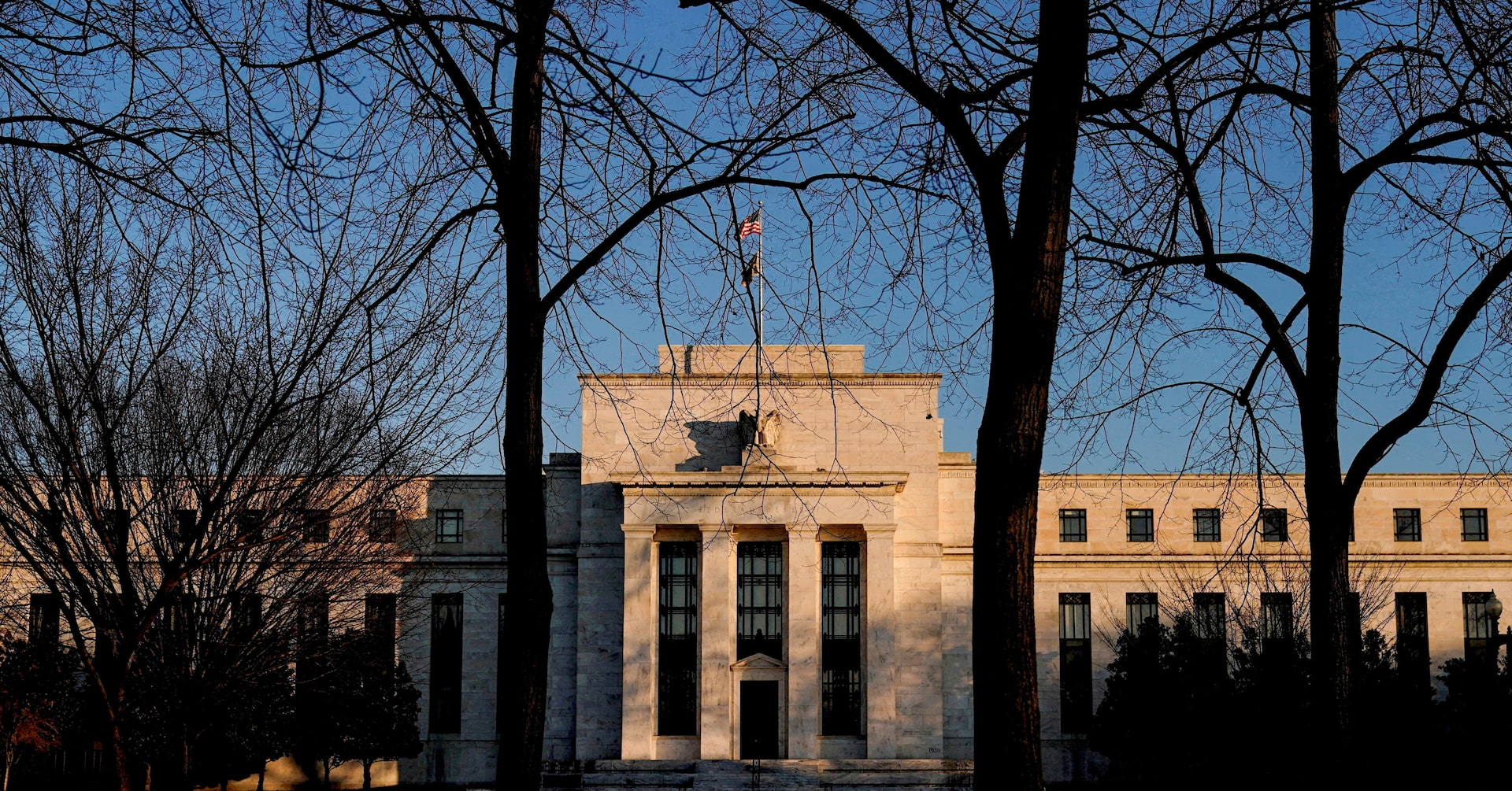Economic Crossroads: Fed Weighs Rate Pause Amid Global Trade Tensions

As the Federal Reserve prepares for its upcoming meeting, all signs point to a steady-as-she-goes approach to interest rates. However, the seemingly predictable gathering masks a brewing storm of economic uncertainty, primarily fueled by President Trump's escalating trade tensions. While a rate hold is widely expected, the underlying economic landscape is anything but stable, with trade tariffs casting long shadows of doubt over the nation's financial future.
The central bank finds itself at a critical juncture, carefully navigating the complex interplay between economic stability and the unpredictable ripple effects of international trade disputes. Investors and economists alike are watching closely, knowing that this meeting could signal the Fed's strategy for managing the increasingly volatile economic environment.
What was once a routine monetary policy update has transformed into a high-stakes balancing act, with global trade tensions threatening to disrupt carefully laid economic plans. The Fed's challenge lies in maintaining economic confidence while preparing for potential turbulence ahead.
